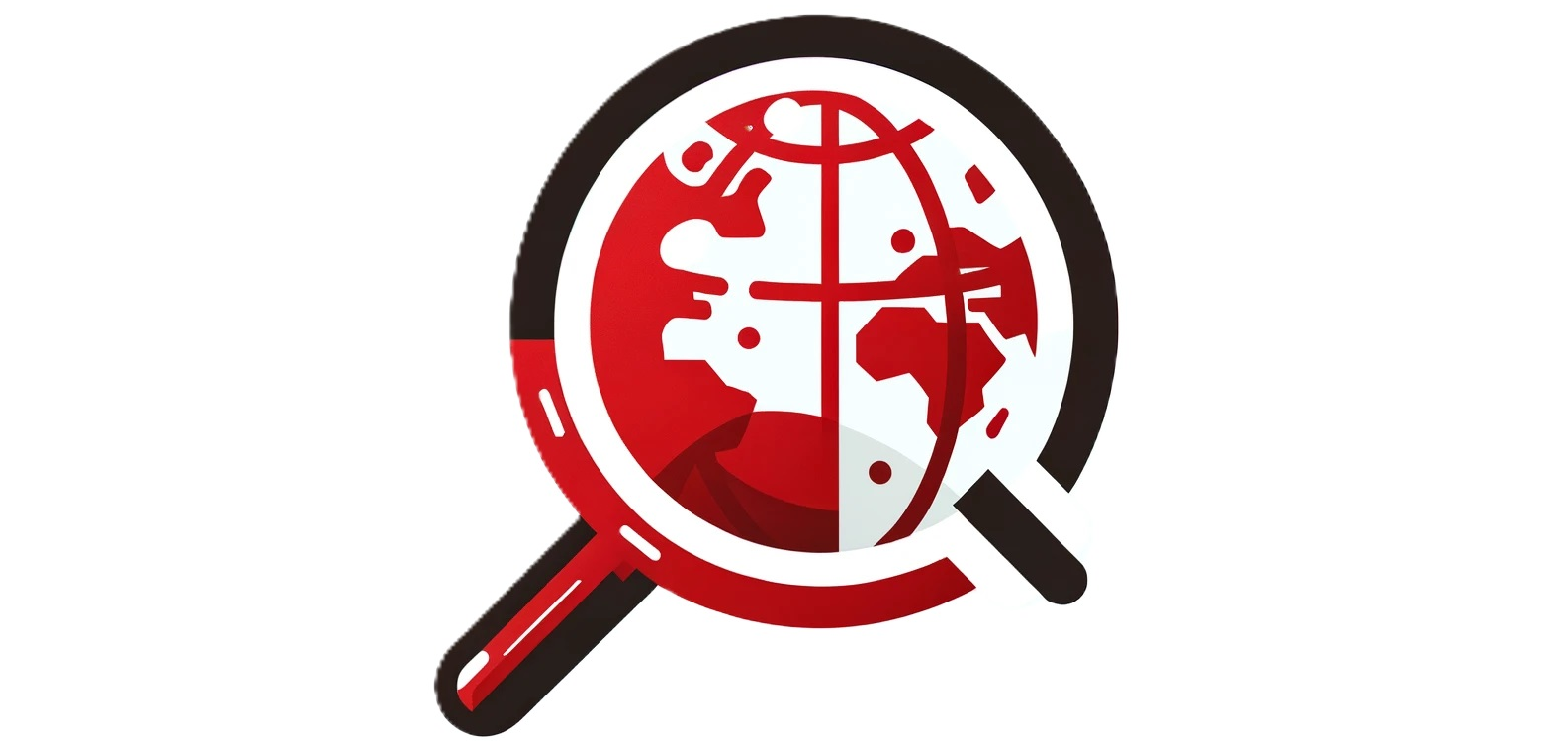China is a powerhouse in the electronics sector. In fact, electronic production from China has grown at a CAGR of 11.9% in the past ten years – driven by the rapid development of consumer electronics products.
But while there are many Chinese electronics manufacturers, variations in quality make it difficult to source electronics from China. To help you along the way, we’ve listed a few of the most critical factors regarding quality control in electronics.
How to Find an Electronics Manufacturer in China?
China is the world’s largest producer, consumer, and exporter of consumer electronics. But that being said, it is not always easy to find reliable electronics manufacturers in China. Even though many Chinese manufacturers have improved their quality over the past decade. There are still problems with some of the manufacturer’s quality.
There are many channels you can use to find manufacturers in China, but the easiest and most efficient ways include:
- Business-to-Business Online Platforms – International marketplaces such as Alibaba and Made-in-China have thousands of registered businesses selling millions of products daily. These platforms can be a great starting point for finding relevant manufacturers in China for electronics.
- Direct Suppliers – Another method is searching for manufacturers using a search engine like Google or Baidu and contacting the company directly. If you’re in China, it can be wise to visit the electronics factories directly, as most are located in Shenzhen, Guangdong Province.
- Sourcing Agents – Using sourcing agents can be an affordable way to find China electronics suppliers, especially if you’re not in the country.
- Trade Fairs – Attending larger exhibitions is a great opportunity to connect with Chinese electronics suppliers. Keep an eye out for the larger ones, like The Canton Fair, China Cycle, and China Homelife (often held abroad).
Tips: It can be a good idea to book a supplier audit, testing, or a pre-inspection before you import electric goods from China. This can ensure that the Chinese electronics manufacturer is legitimate and the quality meets your standards or applicable legislation.
What Are the Common Electronic Supply Chain Challenges?
The challenges in the electronic supply chain industry are different from other industries. This is due to the complexity and the global nature of the electronics industry. There are multiple stakeholders, and it’s important to note that each of them has their own set of requirements.
Businesses sourcing electronics in China often face difficulties with:
- The ongoing electronics component shortage and long component lead times.
- A lack of supply chain visibility.
- The supplier may have a low-quality assurance standard.
- Ongoing disputes from the Chinese supplier to raise prices.
- The supplier may not have all of the required testing reports.
Learn about more challenges and quality compliance from our webinar below!
What Are the Best Sourcing Strategies in China?
When buying goods from a Chinese electronics supplier, it’s important to have a sourcing strategy before you start initiating contact. Below are some of the best sourcing strategies outlined by an expert in our sourcing from China webinar.
1. Know Who You’re Buying From
Know the partner you’re choosing; are they a trading company or a manufacturer? What is their specialty? Traditionally, manufacturers offer a wide range of products, whereas trading companies typically deal with a specific product. Do they have the ability to deal with problems in their own production or with their suppliers? The more you know, the better-educated decision you can take.
2. Get Multiple Offers
Don’t settle for the first offer from a Chinese manufacturer. Get quotes from manufacturers in multiple regions in China and businesses of different sizes. Look for alternative countries, such as Vietnam or Thailand, if you struggle to find the right electronic supplier or manufacturer.
3. Paper Trail
It is crucial to have a proper paper trail that summarizes all the various services and deliverables agreed to in a contract. This way, if anything happens, both parties can refer back to the contract and see clearly what was agreed upon. In case of legal disputes, the first thing people often will ask for is the paper trail of evidence.
4. Don’t Risk Safety and Compliance
Make sure the compliance has been taken care of by the electronic manufacturer. A third party can help you take care of that.
5. Ramp-up Plan
Have a good ramp-up time to try the product commercially in the supply chain, and be ready to place bigger orders later.

Why Use Quality Control in Electronics Supply Chain Management?
In today’s age of cut-throat market competition, companies are using innovative ways to raise their product quality standards. Quality control is crucial in electronics supply chain management because it ensures that the product meets customer expectations and specifications.
Below are some key reasons why quality control is important in the electronics industry:
- Locating defects and scraps – Substandard raw materials will surface in the end product, making the whole production of a lot or batch inefficient and increasing the defect rate – and negatively impacting the bottom line.
- Reducing the variability in your materials – Materials purchased from the same source may not always be the same. Variability is a part of the process – and it’s impossible to get the same materials every time.
- External Failures – If there is a mediocre supply chain system, you won’t get the desired product quality.
- It determines the product’s operational lifespan – Quality control is essential for calculating how long products will last for the end user and the warranty period.
Important Safety and Market Compliance When Buying From China Electronics Manufacturer
There are three main aspects to the acceptance of a product being safe in any particular market: product safety legislation, product standards, and type testing.
Product Safety Legislation
It is the legal obligation of the manufacturer or supplier not to supply a product that could cause damage or injury.
The regulations governing certain products vary across different regions, and the importer must ensure that the products comply with these regulations. The manufacturers must prove that their products comply with applicable tests to meet international standards.
Product Standards
Product standards are developed to support directives such as the European Union’s CE mark, and these are the second aspect of product quality and compliance.
- These standards contain the details of safe product design and may include insulation, strength, material compatibility, limits of temperature rise, and many other safety-related specifications.
- New standards are developed Europe-wide under the control of CENELEC (which deals with all electrical-related standards) or CEN (which deals with everything else).
Type Tests
These are test standards that provide a format for testing appliances. They are used by manufacturers during the design of their products but can also help provide independent third parties with a benchmark.
Examples of type tests:
- In the UK – BSi Kite, BEAB approval & CE marks, etc.
- In the EU – CE Mark
- In the US – UL Mark
Note: There are many other standards; some are voluntary, and some are mandatory. Watch the interview below to learn more about key regulations and updates.
How to Avoid Safety Issues When Buying China Electronics ?
How to avoid issues sourcing electronics as an importer
The importers need to verify compliance with your destination market’s regulations.
As an importer, you must check that:
- The manufacturers outside the EU have taken the necessary steps to allow the product to be placed on the EU market.
- The necessary documentation, such as the EU declaration of conformity and the technical documentation, is available upon request.
- The ability to contact the manufacturer is possible at any time.
How to avoid issues for manufactures
Quality control in electronics manufacturing is an important aspect of the assembly line and is the first line of defense against compliance/safety issues. Usually, your quality assurance plan must include the following critical process:
- Risk Management
- Certified Engineers
- Certifications
- First Article Approval
- Standardized Inspection
Conclusion: How to Avoid Quality Issues When Buying China Electronics?
There are several factors to be aware of when sourcing China electronics. These include implementing quality control in your supply chain, ensuring the product is safe to use and complies with product safety legislation, product standards, and type tests.
But quality control becomes challenging when the actual supplier or manufacturer is thousands of miles away from you. At AQM BD, we can help you conduct a supplier or factory audit to ensure your supplier can produce what you’ve contracted to them and quality control inspect your product at various stages of the manufacturing process. Contact us today for more information.





